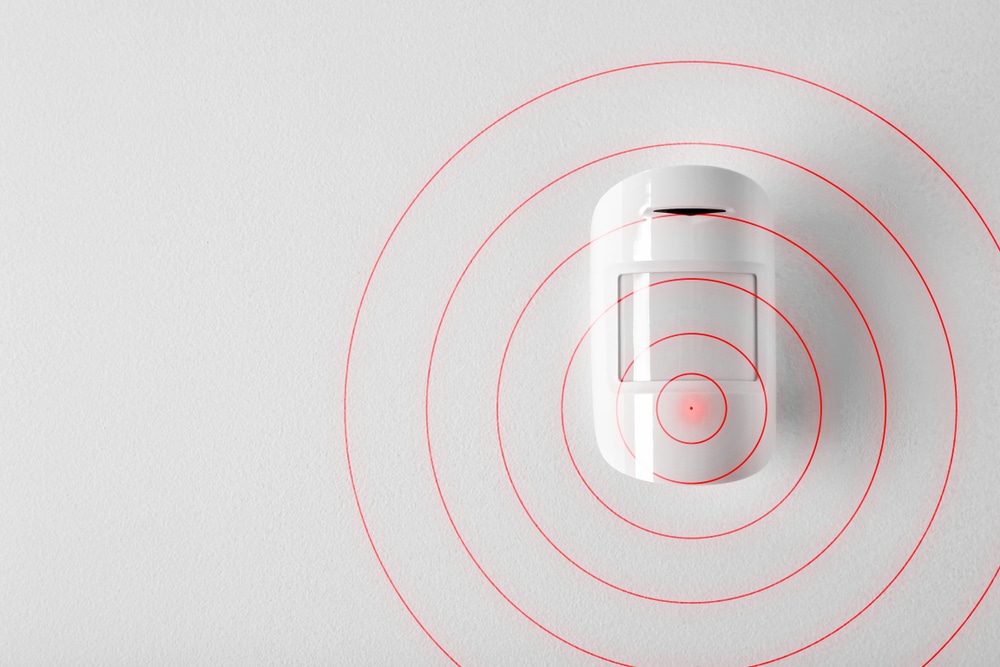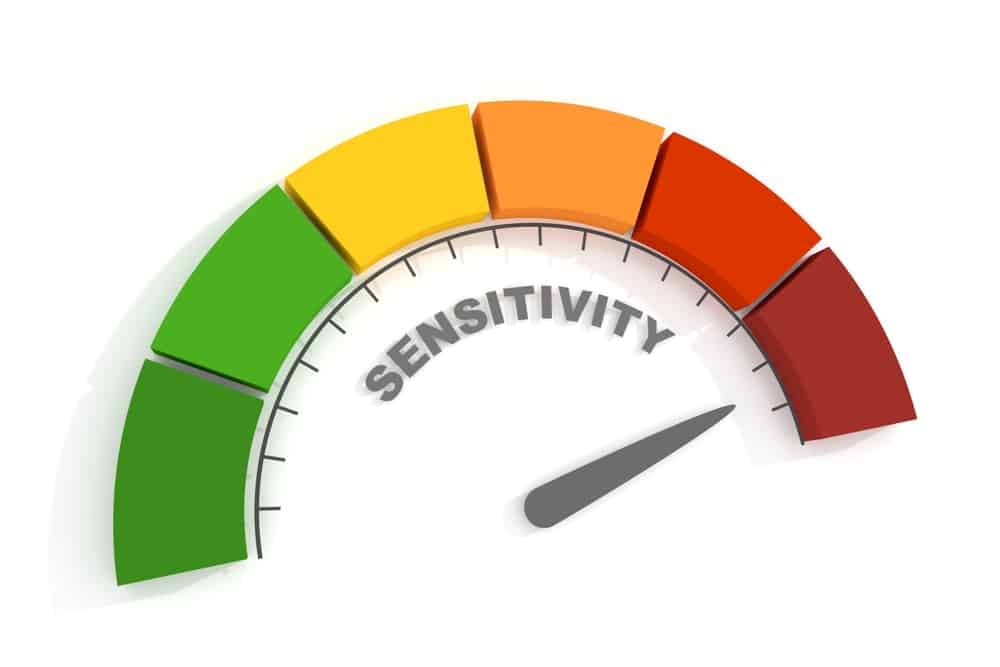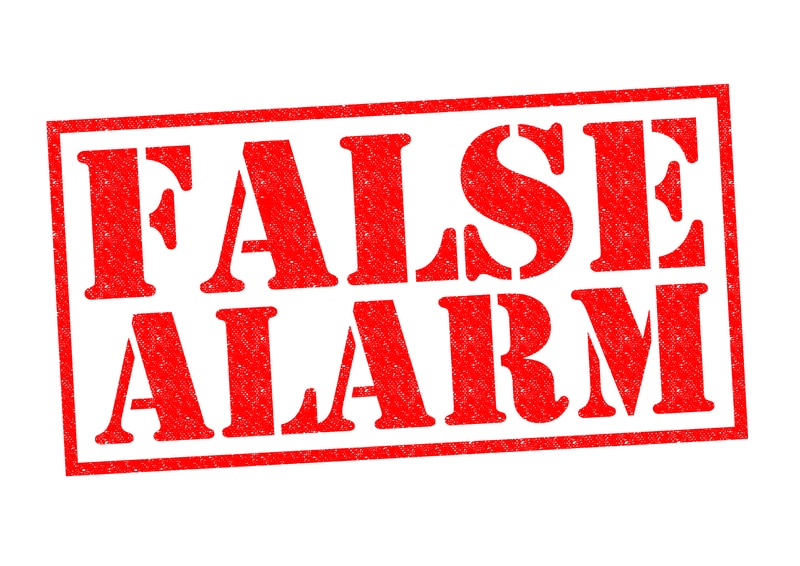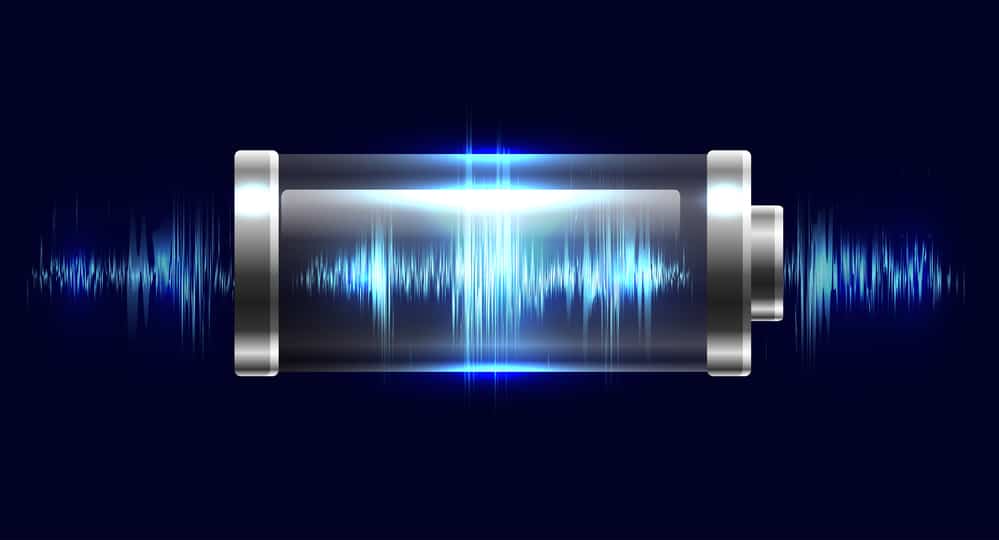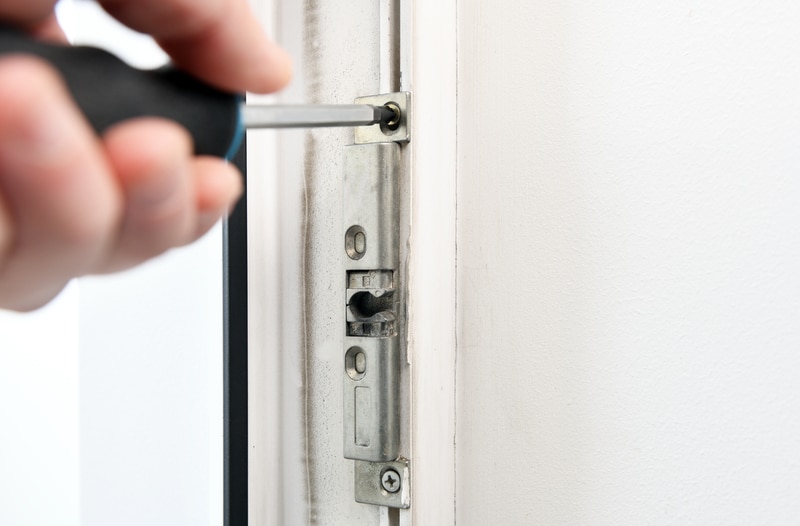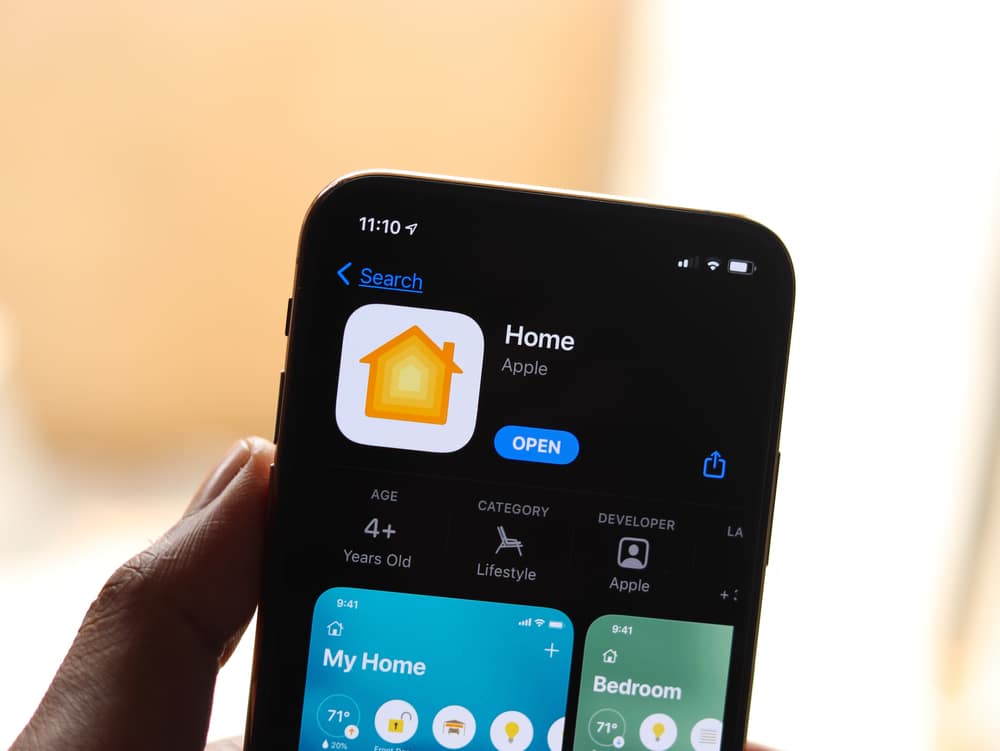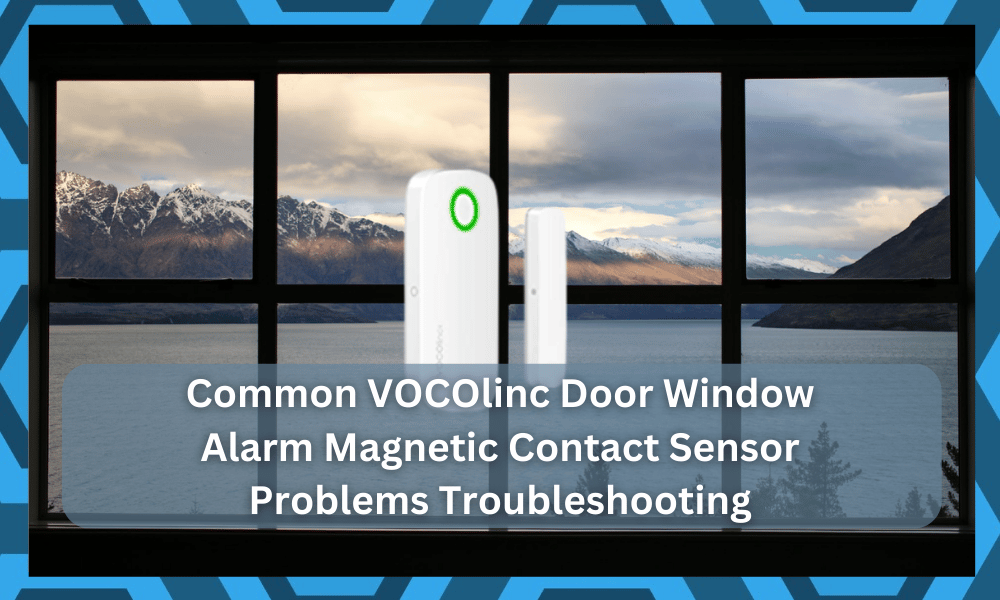
Did you know that it is possible to install magnetic contact sensors in alarm systems for doors and windows?
A large number of people don’t, and as a result, they either wind up purchasing the incorrect product or having to go through the troubleshooting process, which can be expensive.
In this VOCOlinc door window alarm magnetic contact sensor buyer’s guide, we will examine several of the most common problems with VOCOlinc door window alarms and the solutions to each of those problems so that you can buy with confidence!

Common VOCOlinc Door Window Alarm Magnetic Contact Sensor Problems Troubleshooting
- The Sensor Is Not Sensitive Enough
The sensor is not sensitive enough to detect the opening and closing of a door window. There are two solutions to this problem:
Adjust the sensitivity of the sensor by following the instructions in How do I adjust sensitivity?
Increase the magnetic contact surface area by following the instructions in Can I increase magnetic contact surface area?
If your home or office has metal doors, windows, or frames, these can interfere with the sensor’s ability to detect openings and closings. There are three ways to fix this issue:
- Move the sensor away from metal objects
- Use an AC adapter for increased battery life
- Place your alarm outside on a non-metal surface such as wood or vinyl. Turn off the Wi-Fi when you don’t need it
- The Sensor Won’t Go Off Even If There Is Movement
There may be a delay of up to a few seconds before the alarm is triggered by the sensor. There are times when the motion does not in any way activate the sensor.
To fix this problem, read the instructions included in the section titled “How do I change the sensitivity?” either to increase the amount of movement that is required to activate the sensor or to decrease the amount of movement that is required to activate the sensor.
It’s also possible that the motion was activated by something else, such a pet or the wind moving through leaves, both of which can’t be controlled.
- The Sensor Is Too Sensitive
It’s possible that the sensor is too sensitive, which is a rather typical issue. If this is the case, the problem can be that you are standing too close to the sensor.
You could try shifting the magnetic contacts on your door or window so that they are closer together or eliminating some of them altogether.
It is also possible that the door or window in question does not contain a metal plate of any kind.
In the event that this is the case, you should attempt opening your door or window and looking inside to see whether there is a metal plate. You always have the option to remove the magnet as well because it ought to be capable of standing on its own.
To prevent the sensor from becoming overly sensitive once more, you must ensure that the new magnet is reinserted into the exact same position as the previous one.
- False Alarms
False alarms are a widespread concern. Due to the extreme sensitivity of the system, even the presence of a single foreign particle in close proximity to the magnetic contact sensor is sufficient to trigger a false alarm.
Thankfully, there are answers to be found! If you move the sensor closer to the entrance or window and make sure to test it once a week, you should be able to limit the number of false alarms that are triggered.
It is important to keep pets out of the area so they won’t accidentally set off the alarm when they go by.
If this does not work for you, you could try placing some electrical tape on top of your sensor to isolate it from any nearby objects if this method does not work.
There should not be more than a 1/8 of an inch of space between the magnet and the sensor. If the sensing distance is three inches, for instance, there should not be more than an inch of space between the two objects.
Two sensors can be installed on opposing sides of a door or window frame to provide further protection against false alarms for individuals who desire this level of security.
On the other hand, this can make the installation process more difficult.
Before beginning the installation process, you should make sure to visit an electrician to get their opinion on whether or not adding another sensor would cause more difficulties during the installation process and how much additional money will be required.
- The Alarm Is Not Loud Enough
One common problem is that the alarm is not loud enough. This can be solved by making sure you have a strong, dependable power source to power your VOCOlinc Door Window Alarm Magnetic Contact Sensor.
Another solution is to purchase two or three alarms of varying volumes and then place them at different locations around the perimeter of your property so that if one goes off, others will go off as well.
You could also purchase an external speaker and place it near the sensor so that sound waves reach it from another direction.
- The Battery Runs Out Quickly
Another issue may be that the battery in your VOCOlinc Door Window Alarm Magnetic Contact Sensor has died or been drained because of extreme cold weather.
A great way to avoid this problem is by investing in rechargeable batteries. If you need an extra hand with replacing the batteries in your VOCOlinc Door Window Alarm Magnetic Contact Sensor, visit our FAQs page for instructions on how to do so yourself.
- There Are False Alerts
Sometimes there are false alerts due to a malfunctioning sensor, interference with nearby electronics, or even static electricity.
It’s important to know that some VOCOlinc Door Window Alarm Magnetic Contact Sensors take time before they react to an opening window or door after installation.
To remedy these problems simply change the placement of your sensors and/or reset them using the instructions on our website’s FAQs page. Your magnetic contact sensors should work like new!
- The Alarm Does Not Sound When The Door Or Window Is Opened
The VOCOlinc Door Window Alarm Magnetic Contact Sensors are able to determine whether or not a door or window has been opened by monitoring any changes in the surrounding magnetic field.
The moment the alarm goes off, you are alerted to the fact that an unauthorized person has entered your home. Despite this, there are several situations in which the alarm does not go off even if it should.
Continue reading for a list of potential explanations for why this might occur as well as suggestions on how to address these issues.
The presence of a metal item, such as another door or lock, in close proximity to the sensor might reduce the effectiveness of the magnetic contact, which in turn can result in the activation of false alarms.
This is a common issue. If you move away from anything metallic in your home, you won’t have to worry about this happening.
When exterior walls become moist as a result of rainwater entering through a window sealant during strong storms, this might cause electrical resistance, which can prevent an incursion from being detected. This is still another possible concern.
- The Sensor Does Not Work With My Smart Home System
VOCOlinc Door Window Alarm Magnetic Contact Sensor is not compatible with all smart home systems.
If your door window alarm magnetic contact sensor doesn’t work, check the compatibility list to see if your system is on the list. If it’s not, and you’re still unable to get it to work, contact customer service and they’ll be happy to help!
- Does Not Work With Apple HomeKit Home Security
VOCOlinc Door Window Alarm Magnetic Contact Sensors can be a great addition to your home security system, but not all HomeKit devices work with them.
If you find that your door or window sensor is not working correctly after purchasing it, here are some possible solutions:
- Check the magnetic contact points on the device and replace the battery if necessary.
- Reset your sensors by unplugging them for a few minutes and plugging them back in again.
- Change your Apple ID settings to allow iCloud control over third-party devices.
- Toggle off iCloud Control and then turn it back on again once more so the new settings will take effect.
- Perform an Enter Passcode action while connected to the Wi-Fi network associated with your VOCOlinc Door Window Alarm Magnetic Contact Sensor, which will restart communication between them and fix any issues.
- Downloading firmware updates through the app may also help address any problems occurring between the two devices
- The Sensor Stopped Working
The sensor stopped working and I have not been able to fix it. This is a common problem with these sensors, but there are some solutions that you can try.
The first step is to make sure the sensor is clean. If the sensor is dirty or dusty, the magnets may not be able to work properly and this could cause the sensor to stop working.
Allowing for a little bit of time for dust to settle before installing the sensor might help too. It is also possible that the battery has gone dead. Take out the battery and let it sit for about 10 minutes, then replace it and test again.
